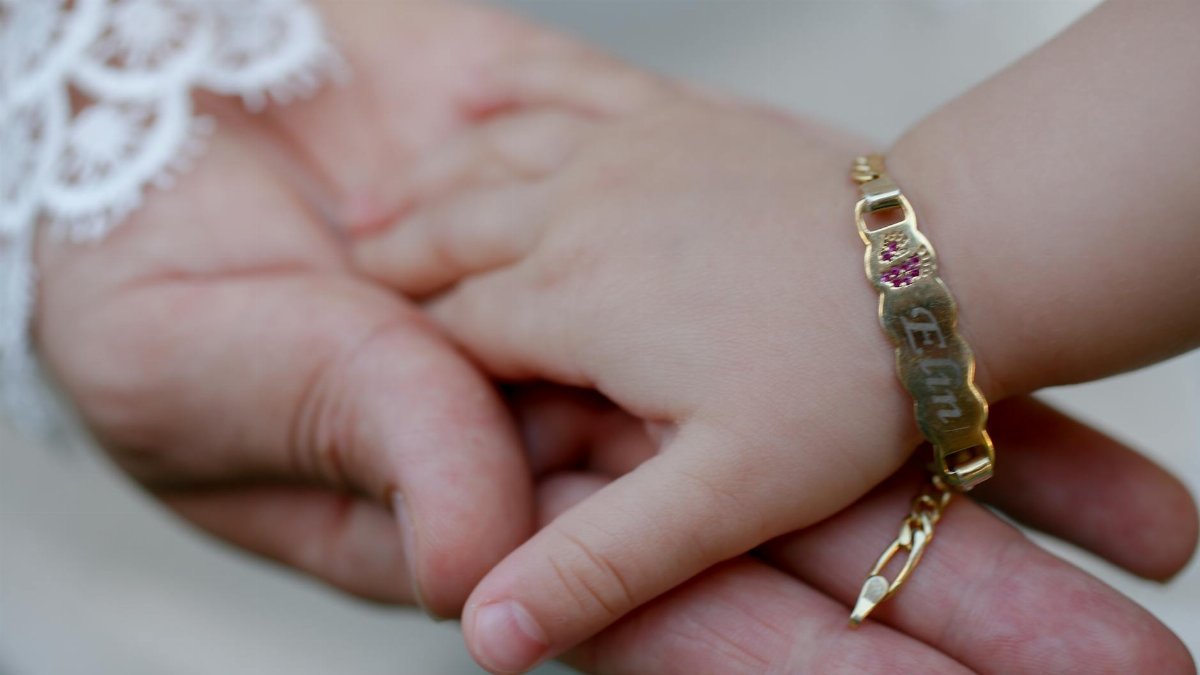Is “name it kid calm” the simple trick parents have been waiting for to stop tantrums in their tracks? This quick, breathing-based game, often called the “One Breath Name It Game,” is gaining traction among U.S. families as a way to help kids manage big emotions. The concept is straightforward: ask a child to name one color or object while exhaling slowly. It’s a distraction technique that calms the mind and body, and parents are seeing results fast.
What Is Name It Kid Calm?

At its core, “name it kid calm” is a mindfulness exercise tailored for children. During a moment of frustration or anger, a parent prompts the child to take a slow, deep breath out while naming something they see—like a blue toy or a red shirt. This dual focus on breathing and labeling shifts attention away from the emotional spiral. Experts suggest it works by engaging the brain’s logical side, easing the intensity of a tantrum.
Why It Works for Tantrums

Tantrums often stem from a child’s inability to process overwhelming feelings. The “name it kid calm” method interrupts this cycle. Slow exhalation lowers the heart rate, while naming an object grounds the child in the present. Research on mindfulness in kids supports this—studies show brief breathing exercises can reduce stress responses. The simplicity makes it accessible even for toddlers who can barely articulate their emotions.
How to Use It in the Moment

Timing is everything. When a tantrum starts, stay calm and get down to your child’s level. Say, “Let’s breathe out slow and name one color you see.” Guide them with a long exhale of your own as a model. Keep it short—don’t lecture. If they resist, try again after a few seconds. Consistency turns this into a go-to tool for emotional regulation.
Benefits Beyond the Meltdown

This technique isn’t just a quick fix. Regularly practicing “name it kid calm” can teach kids self-soothing skills for life. It builds awareness of their emotional state and gives them a sense of control. Parents report that over time, children start using the method on their own, even in non-tantrum situations like anxiety before a test or frustration during play.
Backing from Experts

Child psychologists are on board with approaches like this. Studies from reputable sources emphasize the value of mindfulness for young minds. The American Psychological Association notes that simple breathing exercises can help children manage stress. Additionally, resources from CDC’s Children’s Mental Health page highlight the importance of teaching kids coping mechanisms early. These methods align with what parents are finding in real-time with “name it kid calm.”
Tips for Making It Stick

Practice outside of tantrums first—make it a game during calm moments. Use a playful tone: “Let’s see who can breathe out longest while naming something green!” Reward participation with praise, not prizes. Keep expectations realistic; a 3-year-old might only manage a quick breath at first. Adjust to their age and attention span, and don’t force it if they’re not ready.
Real Parent Feedback

Parents across the U.S. are sharing success stories. A mom from Ohio said, “My 4-year-old went from screaming to naming a yellow crayon in under a minute. It’s like a reset button.” Another dad in Texas noted it took a few tries, but now his daughter asks to “name it” when she feels upset. These snapshots show the method’s potential when applied with patience.
